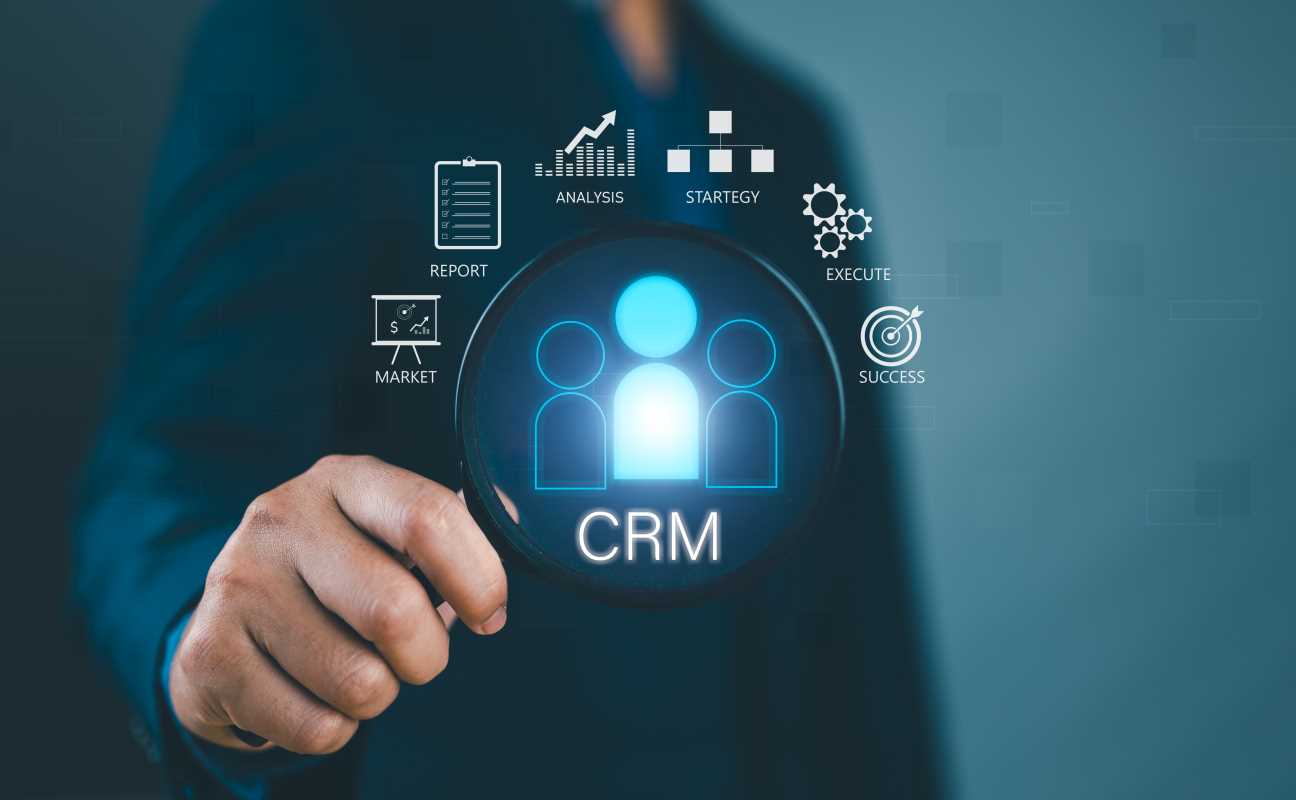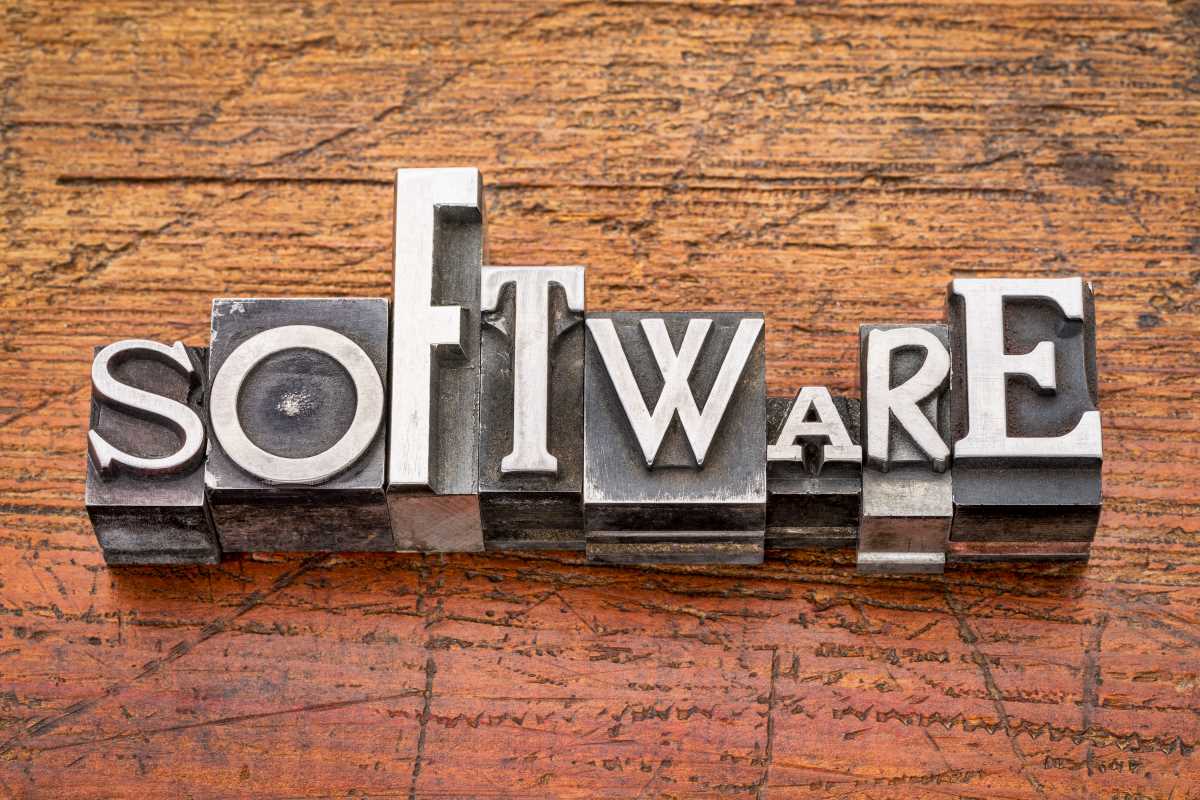Marketers have always tried to understand what customers want and what they might do next. For decades, this involved a lot of guesswork, relying on past sales data, surveys, and a bit of intuition. It was like trying to predict the weather by looking at the clouds. You might be right sometimes, but you could also be completely wrong. Today, that is all changing thanks to a powerful technology called predictive analytics. This isn't about looking into a crystal ball; it's about using data and artificial intelligence to make highly educated guesses about the future.
What is Predictive Analytics?
Predictive analytics is a branch of data analysis that uses historical data, statistical algorithms, and machine learning techniques to identify the likelihood of future outcomes. In simple terms, it's about finding patterns in past data to make educated predictions about what will happen next.
Think about how Netflix recommends a new show. It analyzes your viewing history—the genres you like, the actors you follow, and the shows you binge-watch—and compares it to the behavior of millions of other users. It then finds users with similar tastes and predicts that you will enjoy the same shows they did. This same principle is what powers predictive analytics in marketing.
A marketing team can feed a predictive model data about their customers, such as:
- Demographic Data: Age, gender, location.
- Transactional Data: Past purchases, average order value, frequency of purchase.
- Behavioral Data: Website pages visited, emails opened, products viewed, items left in a shopping cart.
The predictive analytics tool processes all this information to create models that can forecast future customer behavior. It moves beyond just reporting what happened in the past (descriptive analytics) and starts telling you what is likely to happen in the future.
Real-World Examples of Predictive Analytics in Action
Predictive analytics might sound complex, but you likely interact with it every day. Here are some concrete examples of how businesses are using it to shape their marketing efforts.
1. Predictive Lead Scoring
For companies with sales teams, one of the biggest challenges is figuring out which leads to focus on. Predictive lead scoring solves this problem. The system analyzes the characteristics and behaviors of your past customers who successfully converted. It then scores new leads based on how closely they match this ideal profile.
- How it works: A lead who visits the pricing page, downloads a case study, and works at a company in your target industry would receive a high predictive score. A lead who only visited the homepage once would receive a low score. This allows the sales team to prioritize their time on the "hot" leads who are most likely to buy.
2. Customer Lifetime Value (CLV) Prediction
Customer Lifetime Value is a measure of the total profit a business can expect to make from a customer over the entire course of their relationship. Predictive analytics can forecast the future CLV for every single customer based on their early purchasing patterns.
- How it works: A model might learn that customers who make a second purchase within 30 days and buy from multiple product categories have a very high predicted CLV. The marketing team can then use this insight to create a segment of "future VIPs" and nurture them with special attention and exclusive offers, maximizing their long-term value.
3. Next Best Offer Recommendations
Instead of showing every customer the same generic promotions, predictive analytics can determine the "next best offer" for each individual.
- How it works: By analyzing a customer's recent browsing history and past purchases, the system can predict what they are most likely to be interested in next. If a customer just bought a new printer, the next best offer isn't another printer; it's probably ink cartridges. Sending this relevant, timely offer feels helpful rather than spammy and has a much higher chance of success.
Top Predictive Analytics Tools for Marketers
While some large enterprises build their own custom predictive models, many SaaS companies now offer user-friendly tools that bring the power of predictive analytics to businesses of all sizes.
1. HubSpot
HubSpot's Marketing Hub and Sales Hub platforms have predictive analytics features deeply integrated into their CRM. The system offers predictive lead scoring to help sales teams prioritize their efforts. It also provides tools for creating customer segments based on predicted lifetime value and churn probability, allowing marketers to build highly targeted campaigns directly within the platform.
2. Salesforce Einstein
Salesforce Einstein is an AI layer built across the entire Salesforce ecosystem. For marketers, Einstein provides a suite of predictive tools. It offers lead and opportunity scoring, predicting which deals are most likely to close. It also has "Einstein Engagement Scoring," which predicts how likely a person is to engage with an email, helping marketers optimize their send times and content for each individual.
3. Klaviyo
Klaviyo is a marketing automation platform designed specifically for e-commerce, and its predictive analytics capabilities are a key feature. Out of the box, Klaviyo can predict the churn risk, customer lifetime value, and even the expected date of the next order for every contact on an email list. E-commerce marketers can use this data to create hyper-targeted segments for everything from VIP promotions to win-back campaigns.
4. Optimove
Optimove is a "relationship marketing" platform that uses AI and predictive analytics to map out personalized customer journeys. Its software can predict the next best action for every customer, allowing marketers to orchestrate complex, multi-channel campaigns that are tailored to each user's unique behavior and predicted interests. It's a powerful tool for businesses focused on maximizing customer retention and lifetime value.
 (Image via
(Image via





